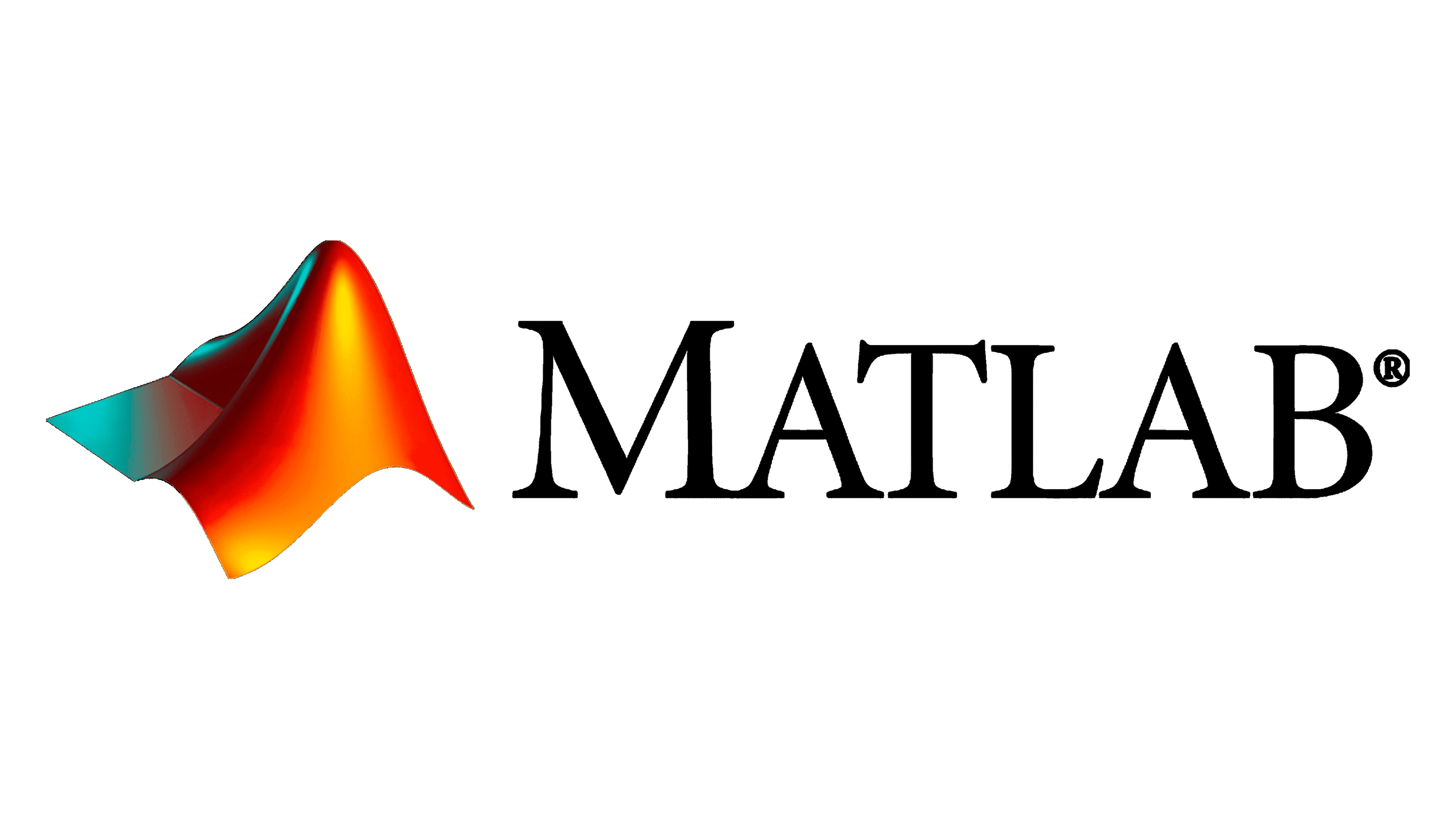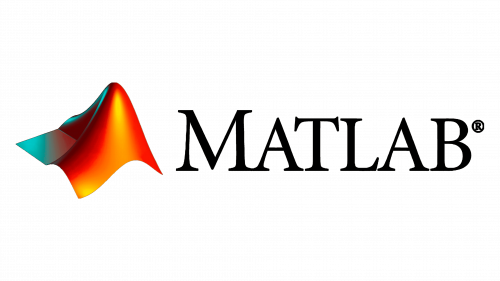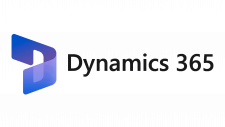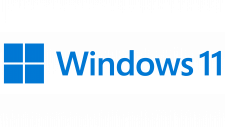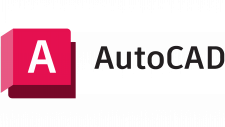Matlab Logo
Matlab, developed by MathWorks, is a renowned software platform specializing in numerical computing and programming. It’s widely used in academia and various industries for data analysis, algorithm development, and modeling. Matlab’s primary markets include engineering, scientific research, and education, offering tools for simulation, machine learning, and image processing. MathWorks, a private American company, maintains ownership and continuous development of Matlab, ensuring it remains a staple in technical computing.
Meaning and history
Matlab’s journey began in the late 1970s with Cleve Moler, a professor at the University of New Mexico. He created Matlab to help his students in linear algebra and numerical analysis, circumventing the need for Fortran. It was a simple, effective tool that gained rapid popularity in academic circles for its ease of use and practicality in computational tasks.
In 1984, the trajectory of Matlab shifted from an educational aid to a commercial product. Moler collaborated with Jack Little, an engineer who shared his vision, and Steve Bangert, forming MathWorks. This pivotal move marked the beginning of Matlab’s commercial journey. Little, skilled in C programming, transformed Matlab, extending its compatibility across various operating systems. This step was crucial in making Matlab accessible to a broader audience.
The singular ownership of MathWorks, a rarity in tech companies, ensured a focused and uninterrupted development of Matlab. The company didn’t experience the typical shifts in ownership or production changes seen in the tech industry. Instead, MathWorks dedicated itself to evolving Matlab’s capabilities, adding specialized toolboxes for diverse fields like signal processing and neural networks. This dedication solidified Matlab’s position as an indispensable resource in academia and industry.
Throughout the 1990s and 2000s, Matlab became synonymous with high-level numerical computing and complex algorithm development. Its influence in academic settings grew, becoming a cornerstone in STEM education. MathWorks’ commitment to the educational sector played a significant role in Matlab’s widespread adoption.
Entering the 21st century, Matlab kept pace with technological advancements, incorporating features for machine learning, big data, and cloud computing. Despite its expansion and adaptation to new technologies, MathWorks remained privately owned, with co-founder Jack Little at the helm for many years.
Matlab’s history is unique in the tech world. It’s a tale of steady, focused growth under consistent leadership, with an unwavering commitment to advancing computational capabilities. This story highlights Matlab’s evolution from a classroom tool to a global standard in technical computing, driven by a vision to make complex computations accessible and versatile.
What is Matlab?
Matlab, crafted by MathWorks, stands as a multifaceted software environment and programming language, revered for its prowess in numerical computation, visualization, and algorithm development. Esteemed in various sectors like engineering, science, and education, Matlab is a cornerstone tool, enabling users to effortlessly manipulate matrices, plot functions, implement algorithms, and interface with programs written in other languages.
Today
The logo showcases a fluid, dynamic wave rendered in a gradient that transitions from a warm crimson to a cooler teal hue, encapsulating a sense of movement and transformation. The wave’s three-dimensional form adds depth, symbolizing the layers and complexity inherent in data analysis and algorithm development. Below this emblem, the word “MATLAB” is spelled out in a stark, bold typeface, with the “A” letters featuring a unique design touch, and the entire name followed by the registered trademark symbol, asserting the logo’s commercial identity and proprietary status. The contrast between the vibrant graphic and the solid black text strikes a balance, reflecting a brand that is both innovative and authoritative in the realm of technical computing.
